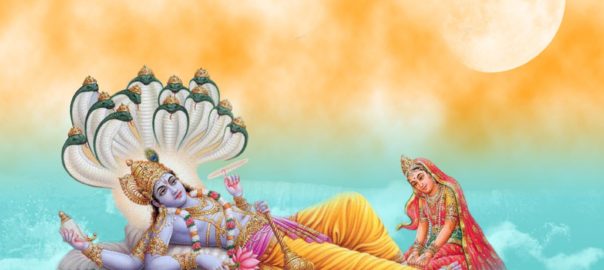

The Vishnu trivia is not over yet. In the previous blog we discussed first five avatars of Lord Vishnu. We familiarised ourselves with their stories and the reasons why the Lord decided to incarnate on earth. These incarnations or the Avataras of lord Vishnu form a core concept of Hinduism. Hidden behind every Avatara is a message that the Lord conveys. Some even view the Dashavataras of Lord Vishnu as the stages of human evolution. In this series of blogs we are viewing the Avataras through the legendary artwork, Geeta Govinda, of poet Jayadeva. Department of Post, India, has issued a beautiful Miniature sheet depicting 11 stamps; with 10 avatars of Vishnu and one stamp depicting the celebrated poet, Jayadeva. Let’s continue our journey of exploring the Incarnations of lord Vishnu on stamps.
Continue reading Incarnations of Lord Vishnu on stamps: II
The Mintage World Team comprises of experts, researchers and writers from the field of Philately, Notaphily and Numismatics who try to shed light on some of the most interesting aspects of coins, banknotes and stamps from not just India but across the globe as well.

यदा यदा हि धर्मस्य ग्लानिर्भवति भारत ।
धर्मसंस्थापनार्थाय सम्भवामि युगे युगे॥
“It is I who descends to earth from time to time to reinstitute the order when the anarchy prevails” – the concept of Divine descend is a phenomenon that speaks about the manifestation of divinity into a form. In Bhagawad Gitā [1] Shri Kiṣṇa declares that God himself incarnates to eradicate the evil, to put an end to the impious practices and to eliminate the chaos that prevailed in an otherwise peaceful society. These incarnations or the Avatāras is a core concept of Hinduism and being the preserver and sustainer Aspect of God within the Hindu Trinity; they are often associated with Viṣṇu. When pertaining to Avatāras in the Hindu tradition, the most widely associated deity is clearly Viṣṇu. According to the Bhāgavata Purāṇa, Viṣṇu has innumerable Avatāras in unlimited universes, though there are ten major incarnations, known collectively as Daśāvatāra. The concept of Daśāvatāra – ten incarnations of Lord Viṣṇu – is not treated as mere mythological or religious stories in India, but is incorporated in the roots of Indian society in the form of philosophy as well as performing arts and creative arts. The most unusual combination of Daśāvatāra mythology, Indian art forms and the practicality of Indian society is “the Depiction of Daśāvatāra on Indian Coins”.
Continue reading Depiction of Daśāvatāra on Indian Coins
The Mintage World Team comprises of experts, researchers and writers from the field of Philately, Notaphily and Numismatics who try to shed light on some of the most interesting aspects of coins, banknotes and stamps from not just India but across the globe as well.